In today’s world of watches, it’s become to hear raves about the Tudor Heritage Black Bay, and its place as an extension of the historical Tudor Submariner line, it is easy to forget about the modern series that most closely follows that model’s lineage, the Tudor Pelagos.
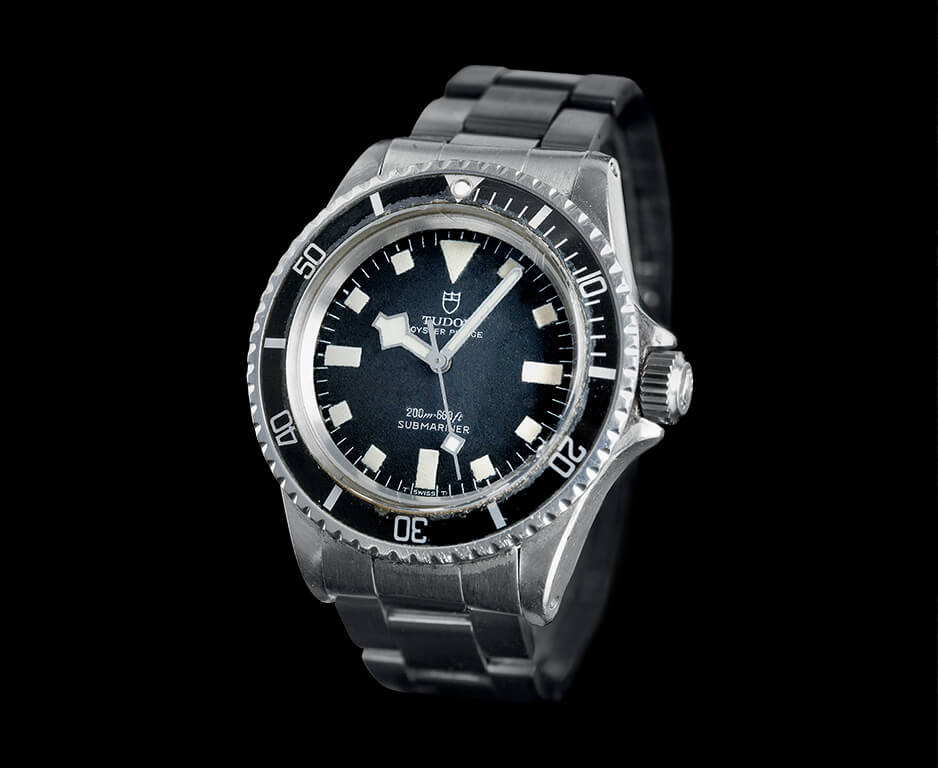
For historical background, the Tudor Submariner (pictured above) was first released in 1954, the same year as the Rolex Submariner. That watch, the Reference 7922, held many of the characteristics we’ve come to associate with dive watches today: a luminescent dial, large hour markers and hands, a water-resistant case, and an outer, rotating 60-minute bezel. As time went on, the brand released many different references in the series, notably the “Big Crown” Ref. 7924 (from which the Black Bay draws many of its features); the Ref. 7928, which first introduced crown guards to the series; and, perhaps most importantly, the Ref. 7016, which first introduced the “Snowflake” hands that have become a signature element of Tudor dive watches. Until the series was continued in the late 1990s, the watches were constantly improved but underwent only minor aesthetic changes. In 2012, the Tudor Pelagos rose up in its place.

The Pelagos series today comes in three variants: with a blue dial, a black dial, and the recently released left-handed edition, or LHD. All three share very similar features, outside of their dial colors and the LHD’s left-side-placed crown. The watch has a satin-finished titanium-and-steel 42-mm case, with a crown-opposite helium escape valve, and features a durable, matte ceramic insert for its outer unidirectional bezel. Its matte black or blue dial, which is slightly banked on its outer edges, features square, rectangular, and triangular hour markers common to historical Tudor divers, and uses a simple date window at the 3 o’clock position. Notably, the piece has the famed “snowflake” hour hand, simple straight minute hand, and “diamond lollipop” seconds hand to indicate the time, all of which sweep over the Tudor shield logo at the 12 o’clock position and watch information toward the bottom of the dial. Powering the timepiece is the recently developed Tudor in-house Caliber MT5612 with a 70-hour power reserve — replacing the ETA movements common in previous models. Currently, the Pelagos series is priced by Tudor at $4,400.

To clarify, the Pelagos series was by no means developed as a historical tribute to the Submariners of the past; this is the role of the Black Bay, and explains why that line is so beloved by vintage watch enthusiasts. Instead, the Pelagos series is more an extension of the Submariner line, i.e., the brand’s modern contribution to the professional dive watch market — a modern tool watch catering much more toward real divers than so-called desk divers. Still, as a series that has its roots in one of the most beloved lineages in vintage watches, the modern Pelagos naturally has some similarities that have carried through the designs.
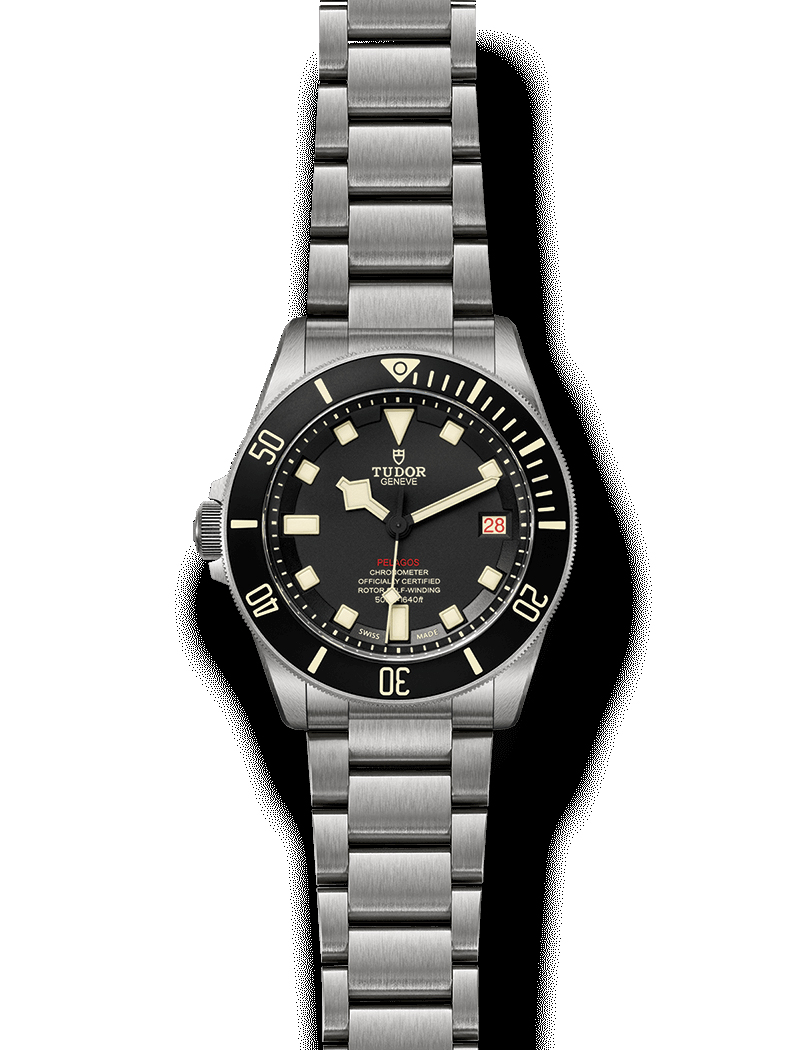
These include the case and bracelet: while both are no longer strictly of the “Oyster” style, like the cases and bracelets of vintage Rolexes and Tudors, they maintain many of the general features. While the modern case is certainly thinner, and uses titanium, its lugs and bezel help it maintain a general Oyster look. While the bracelet now features an auto-adjustable buckle to assist with diving, the links have gone practically unchanged in aesthetic, aside from being made of titanium instead of steel. On the dial, while the color options and banked structure are a bit different from anything seen in the past, the hour markers and hands are all familiar sights to fans of historical Tudor Divers.
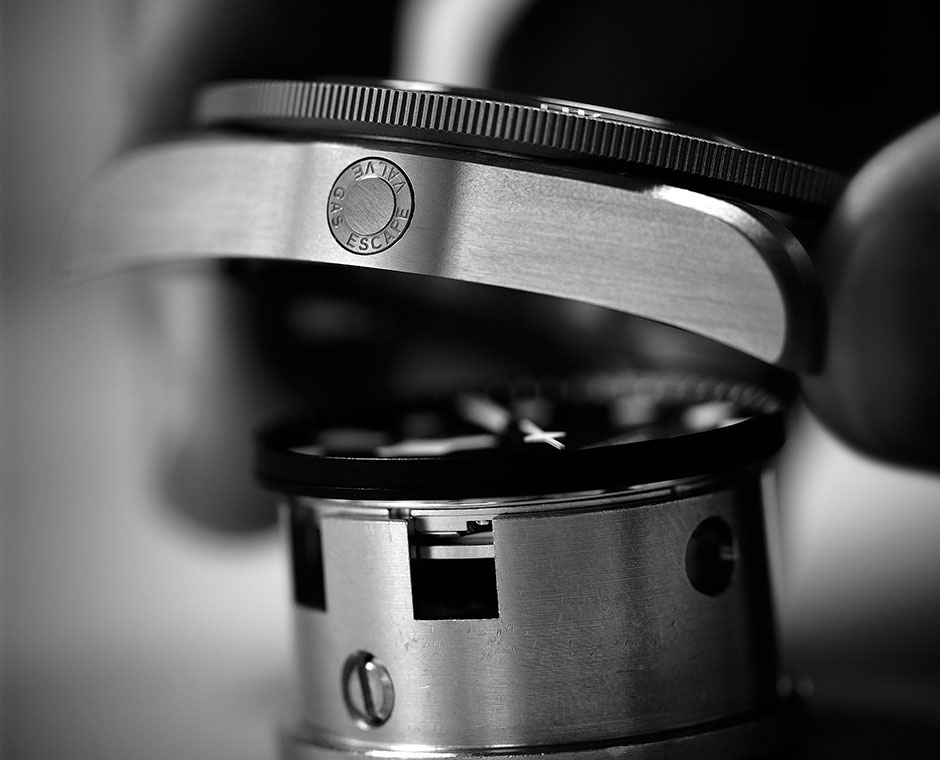
Of the changes, these are a bit more obvious. The modern watch features many contemporary technological changes not seen in the divers of the past — namely, the more durable ceramic and titanium bezel compared to historical steel bezels, the helium escape valve, the banked dial configuration, and the use of an in-house movement compared to an ETA. Also worth noting is the incredible luminosity of the Pelagos. While I am sure vintage variations had bright, luminous dials in dark conditions that were spectacular in their day, the Pelagos is astoundingly bright and visible in almost any lighting. This, among many other reasons, is partly why the watch has become so popular in diving circles today.

I would argue that today we live in the “Black Bay Era.” It’s a period of time in horology where nostalgia and history rule, and where many of the most beloved of modern pieces are those that pay homage to the designs and ethos of the past. By no means am I complaining about this — it is, after all, the trend that keeps me employed — but it’s interesting to note how one of the most technologically adept and useful watches of today in its price segment, the Pelagos, often takes a back seat to the less advanced, but arguably more historically interesting, Black Bay. Nonetheless, the Tudor Pelagos hosts a variety of features that pay tribute to its history in its own way, and I am sure that any wearer of the watch would pass up no opportunity to show them off when the opportunity presents itself.

For our most recent article, in which I look at the historical lineage of the DOXA SUB 300 Professional 50th Anniversary Edition, click here.
Caleb Anderson is a freelance writer with a primary focus on vintage watches. Since first learning about horology, he has garnered extensive knowledge in the field, and spends much of his time sharing his opinions among other writers, collectors, and dealers. Currently located near New York City, he is a persistent student in all things historical, a writer on many topics, and a casual runner.



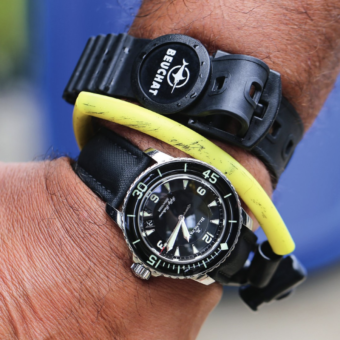

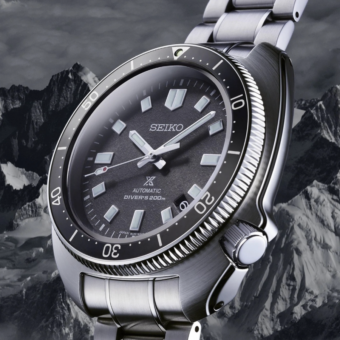
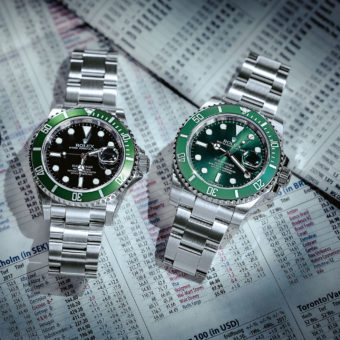
Rolex Submariner, Tudor Pelagos, Seiko Turtle, or the Squale 1521 (cost effectiveness), Panerai’s need not apply ( I dislike the dial)…. which would you buy (& not for collectivity)?
I’ve been lucky enough to pick up a Left Hand Pelagos, and just love it ! It ticks all the boxes-great case,helium valve,super-visible dial and great bracelet.I’m also impressed with the “In-House” calibre,and have finally come to grips with the left side crown(I’m right -handed!) I’m fortunate to own a Rolex Sub and a Rolex Sea Dweller and I purchased my first Rolex(a Sub)in the mid 70’s.I love Rolex,but the Pelagos LHD has a great “wrist presence”feels solid and comfortable and is up to the task for which it was designed.Additionally ,it’s keeping time to well within chronometer specs.All-in- all a great watch at the price,,but a bit difficult to source owing to demand.
A great article thanks. I’m saving for a new watch at the moment and it’s come down to a choice of 3 that I’m finding it hard to decide upon. I love the Tudor Heritage Black Bay and the Omega Seamaster 300m coaxial and I thought I’d narrowed the choice down,but the Pelagos in blue calls to me more and more. I find myself thinking about it constantly and it’s many attributes. It’s such a practical timepiece in so many ways and probably the rugged watch which best suits my lifestyle and I’m not a diver. I’m encouraged by the article to consider it strongly as my next choice
Tudor is managing to create its own identity and is losing the reputation of being the poor man’s Rolex. The was majority of their Sports and Adventure Watches is very nice and constitute an excellent cost-benefit. Believe Tudor”s main problem is in their line of social watches with a lot of models that are old fashioned , corny and ugly like hell.
this timepiece is so sophisticated and additionaly the traditional SWISStechnological inventions will always be a precious wristwatch